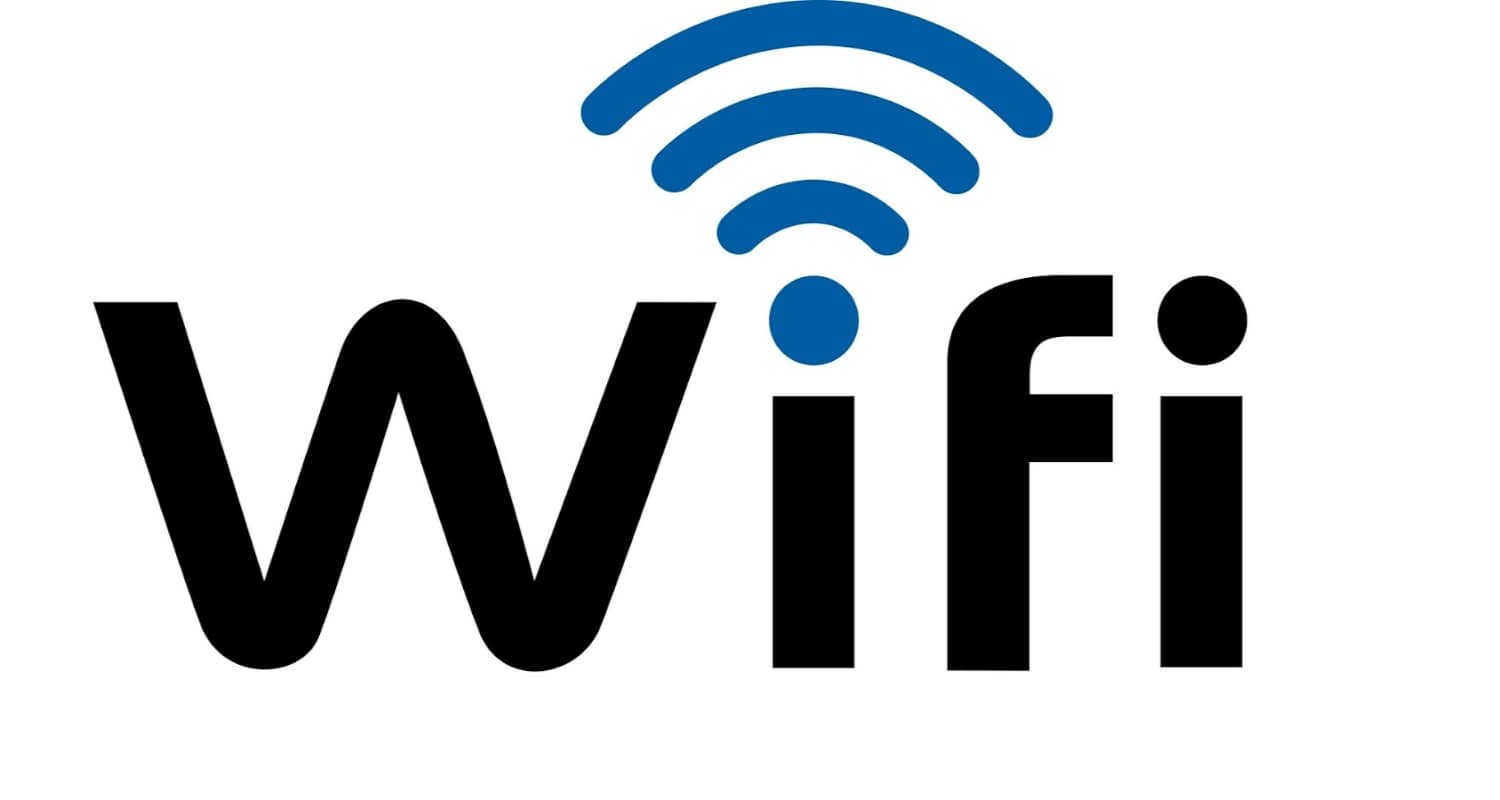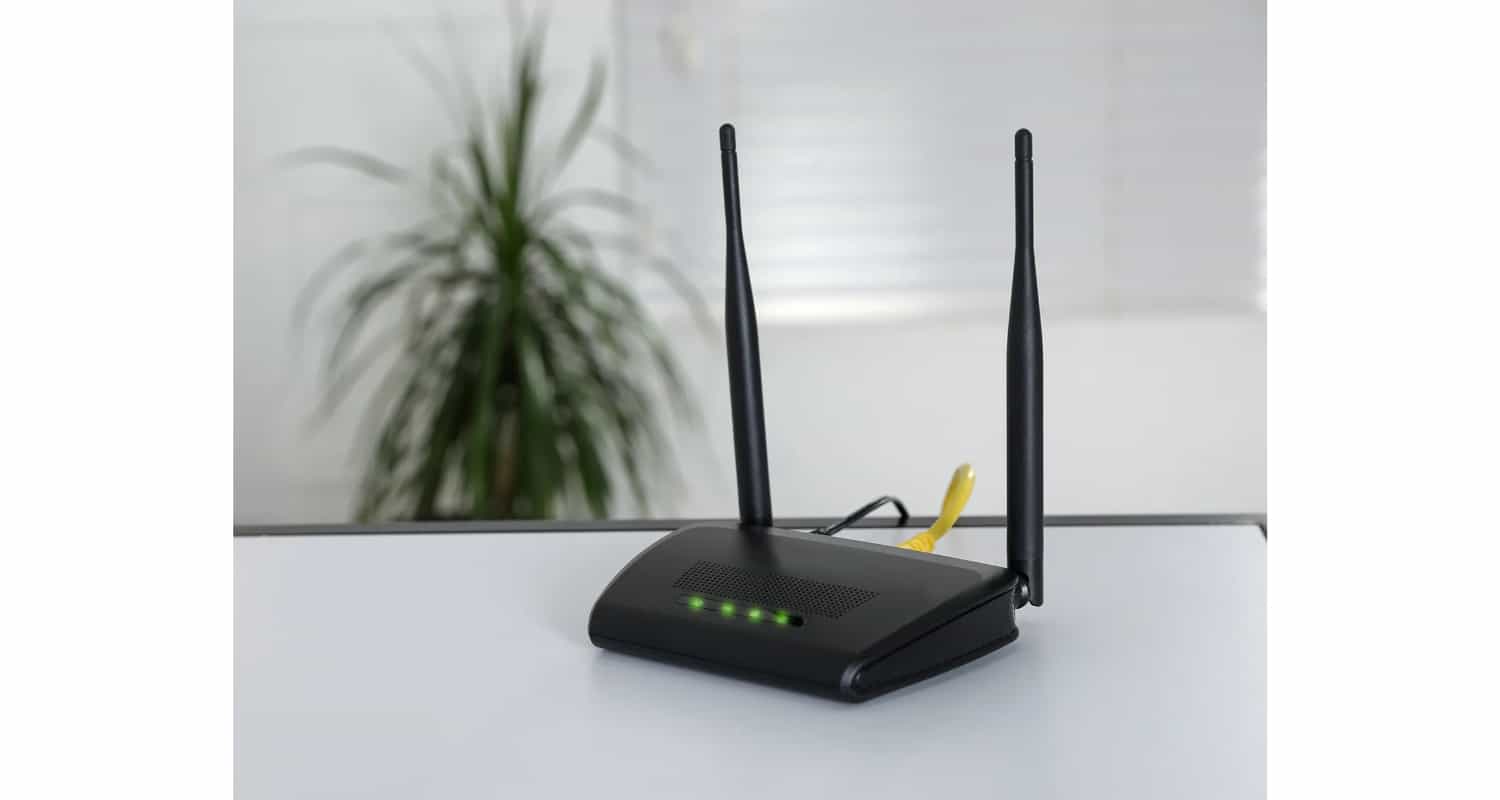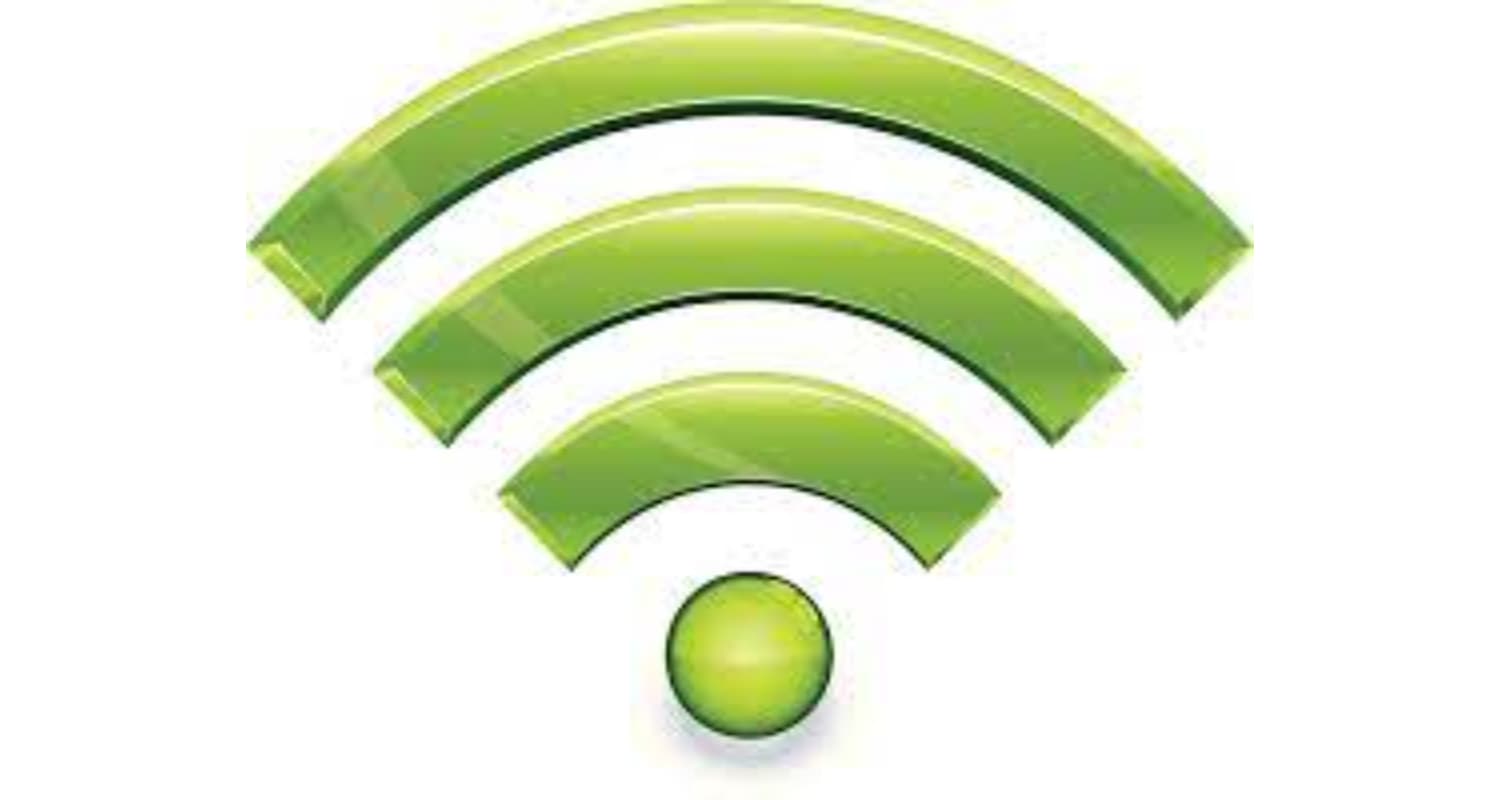In today’s digital age, the smallest details can make the biggest difference. Have you ever stumbled upon a debate about the correct way to write a term we use daily? It’s surprising how a simple hyphen can stir emotions, lead to heated discussions, and even affect our understanding of technology. We’ve all been there, typing away, unsure if we’re getting it right.
The correct way to write it is “Wi-Fi“.
But what if I told you that this seemingly trivial detail could impact your credibility? The urgency to get it right has never been more real. Let’s dive into this pressing issue and clear the air once and for all.
See Also: How Do I Unlock My Sensi Thermostat Without WiFi: Pro Tips
Contents
Historical Context
Back in the day, connecting to the internet was a symphony of screeching modems. Then, like a breath of fresh air, Wi-Fi entered the scene. But where did this term spring from? “Wi-Fi” is often mistaken as an abbreviation for “Wireless Fidelity.” However, that’s not quite the story. The term was actually coined by a branding agency in 1999 for the Wi-Fi Alliance. It was catchy, easy to remember, and resonated well.
The “Wi” stands for “wireless,” but the “Fi”? It doesn’t stand for anything! It was simply a play on the term “Hi-Fi” or “High Fidelity,” a nod to high-quality audio technology. So, the next time you connect to a Wi-Fi network, take a moment to appreciate the quirky history behind that familiar term.
Correct Spelling and Common Misconceptions
Let’s address a common query: “Is it wifi or wi-fi?” Is wifi capitalized? The answer is clear: it’s “Wi-Fi”, not “wifi”, “WiFi”, or “Wi-fi”. That hyphen, small as it may seem, holds significant weight. That hyphen, small as it may seem, holds significant weight. Now, you might wonder, “Why does it matter?” Well, in the realm of technology, precision is key. Just as you wouldn’t want to mispronounce a colleague’s name, you wouldn’t want to misspell a term that’s become an integral part of our daily lives.
These misconceptions, while seemingly harmless, can lead to misunderstandings, especially when discussing technical specifics. It’s like calling a “meme” a “me-me”; you’re bound to get some raised eyebrows. So, let’s set the record straight and champion the correct spelling. After all, in a world where details matter, getting “Wi-Fi” right is a small step towards clarity and credibility.
See Also: How Do I Reset My Shark Ion Robot WiFi: Detailed Guide
Importance of Correct Spelling
In our fast-paced digital age, it’s tempting to overlook minor details like spelling. But here’s the catch: spelling isn’t just about getting letters in the right order; it’s about effective communication. Imagine reading a technical manual filled with typos. Confusing, right? The same goes for terms like “Wi-Fi”. A misspelling might seem trivial, but it can muddy the waters of understanding.
Correct spelling establishes credibility. When you get it right, you’re seen as knowledgeable and attentive to detail. Conversely, consistent errors can erode trust. Think about it: if someone can’t spell “Wi-Fi” correctly, would you trust their advice on setting up a secure network?
Moreover, in the realm of technology, where terms and acronyms abound, clarity is paramount. A slight misspelling can change the meaning entirely or lead to misconceptions. It’s not just about being pedantic; it’s about ensuring that the message is received as intended.
In essence, spelling is a cornerstone of effective communication. In a world overflowing with information, getting it right can be the difference between being heard and getting lost in the noise. So, let’s give spelling the importance it deserves, one hyphen at a time.
Technical Aspects of Wi-Fi
Dive into the world of Wi-Fi, and you’ll find it’s more than just a wireless way to access memes and cat videos. At its core, Wi-Fi is a marvel of modern technology that has revolutionised our digital landscape.
So, what is Wi-Fi, really? Wi-Fi is a wireless networking protocol that allows devices to communicate without cords or cables. It’s based on the IEEE 802.11 family of standards, which, in layman’s terms, is the rulebook that ensures all Wi-Fi devices play nicely together. When your smartphone or laptop searches for networks, it’s essentially scanning for signals broadcast by routers, which act as gatekeepers to the internet.
But how does this wireless magic happen? It’s all about radio waves. Wi-Fi operates in specific frequency bands, primarily 2.4 GHz and 5 GHz. When you stream a video or send an email, the data is broken down into packets, transmitted via these radio waves, and then reassembled on the other end. It’s a bit like sending a series of postcards that, when pieced together, form a complete picture.
Of course, with great power comes great responsibility. Wi-Fi networks need to be secure. Enter WPA3, the latest Wi-Fi security protocol. It ensures that your data remains encrypted and safe from prying eyes, even on public networks.
In a nutshell, Wi-Fi is a dance of devices, frequencies, and protocols, all working in harmony to keep us connected. It’s a testament to human ingenuity, turning invisible waves into tangible connections. And as technology evolves, Wi-Fi will continue to be at the forefront, bridging gaps and bringing the world closer, one signal at a time.
See Also: How Do I Connect My Shark Robot To WiFi: Essential Steps
Routers and Wi-Fi
Picture this: Wi-Fi as a bustling digital highway, and routers as the intricate intersections directing traffic. Without routers, the seamless connectivity we’ve come to rely on would be a distant dream.
So, what’s a router’s role in the grand scheme of things? At its essence, a router is a device that directs data packets between devices in your home and the vast expanse of the internet. It’s the unsung hero, ensuring that your binge-watching session goes uninterrupted and your video calls remain crystal clear.
But how does it tie into Wi-Fi? While all routers manage data traffic, not all are Wi-Fi enabled. A Wi-Fi router comes equipped with antennas that broadcast and receive data via radio waves, eliminating the need for pesky cables. When you connect your device to Wi-Fi, you’re essentially establishing a link with the router, which then facilitates your online adventures.
It’s also worth noting that routers play a pivotal role in security. With features like firewalls and WPA3 encryption, they act as the first line of defence against potential cyber threats.
In the ever-evolving tapestry of technology, routers are the silent conductors orchestrating the symphony of wireless communication. They bridge the gap between the tangible and the digital, making the wonders of Wi-Fi accessible with just a tap or click. So, the next time you stream, browse, or download, take a moment to tip your hat to the humble router.
See Also: How Do I Connect My Geeni Camera to WiFi: Tutorial
FAQs
How Do You Spell WiFi / Wi-Fi / wifi / wi-fi / Wi Fi / WI-FI?
The correct spelling is 'Wi-Fi'. It's capitalized with a hyphen in between.
Is 'Wi-Fi' a trademark?
Yes, 'Wi-Fi' is a registered trademark of the Wi-Fi Alliance.
How do most people pronounce 'Wi-Fi'?
Most people pronounce it with the long 'i' as in wīfī.
What does the Wi-Fi Alliance do?
The Wi-Fi Alliance certifies the interoperability of wireless computer networking devices.
How should 'Wi-Fi' be used in writing?
'Wi-Fi' should be used as an adjective, with both the 'W' and 'F' capitalized and a hyphen between 'Wi' and 'Fi'.
Conclusion
In the big digital world where things are always changing, it’s important to understand the small details. “Wi-Fi” is a word we all know, but it means more than just a way to connect to the internet. Getting the spelling right is important because it shows we care about being accurate and trustworthy. Understanding all about Wi-Fi, from where it started to how it works, helps us appreciate it more.
In this world of wireless connections, let’s focus on getting things right, not just in spelling but in understanding how amazing Wi-Fi really is. Because when we use it correctly, we’re recognizing the technology that helps us stay connected and makes the world feel a bit smaller.
See Also: How Do I Connect My Canon MG2522 Printer to WiFi?

Jamie is a freelance tech, travel and space journalist based in the UK. He’s been writing regularly for IPRouterLogin since it was launched in 2008 and also writes regularly for Forbes, The Telegraph, the South China Morning Post, Sky & Telescope and the Sky At Night magazine as well as other Future titles T3, Digital Camera World, All About Space and Space.com.

